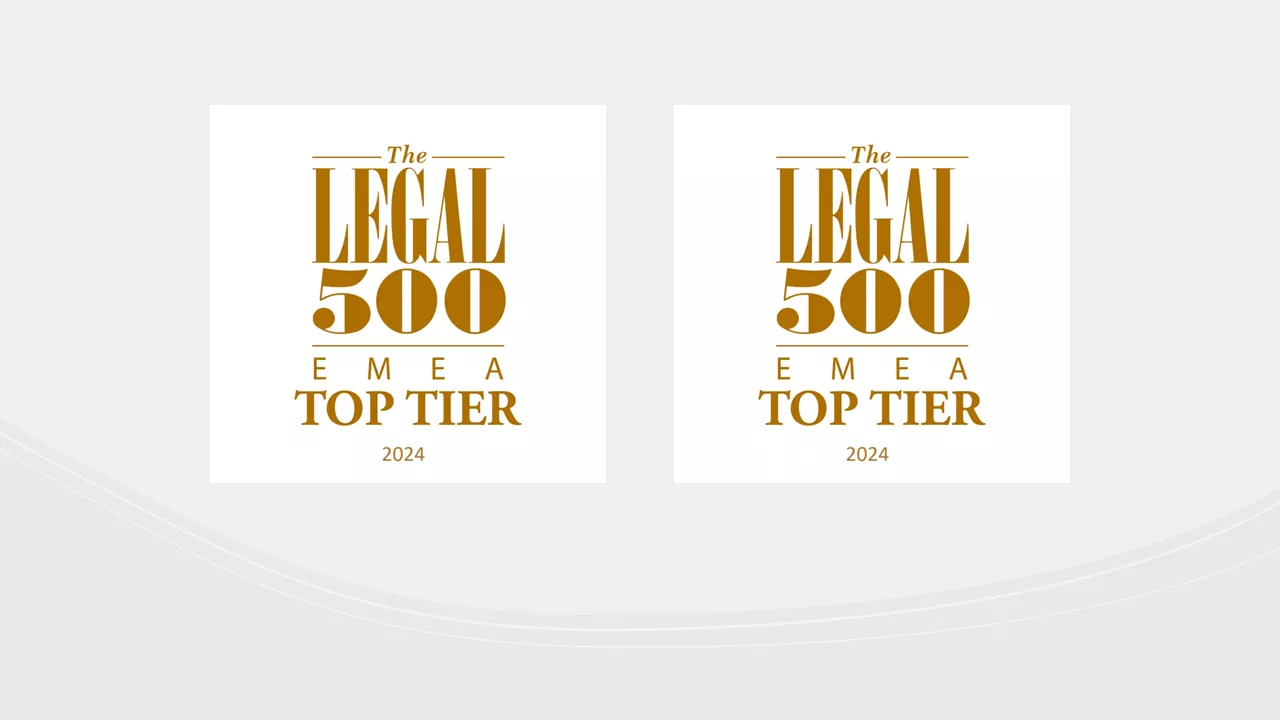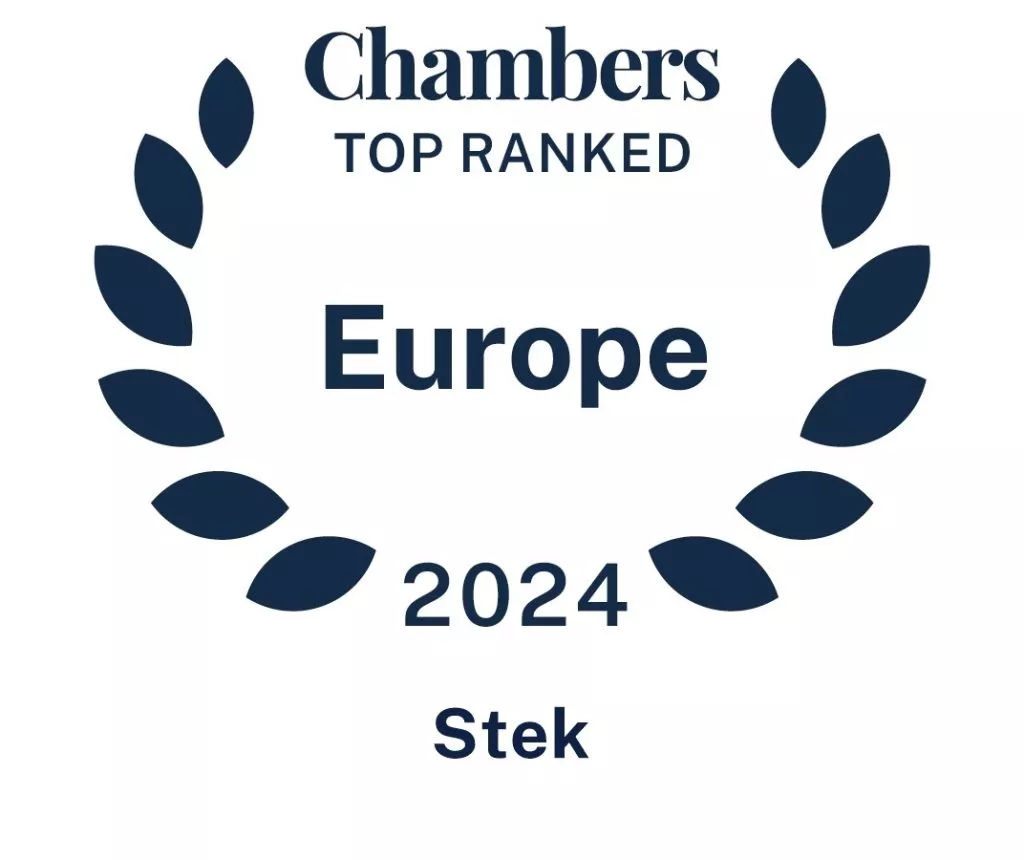The product of warranty and indemnity insurance (hereafter ’W&I insurance’) is an increasingly popular tool to bridge the gap between the needs of purchasers and sellers in private M&A transactions.
W&I insurance is a method for either the seller or the purchaser in an asset or share sale agreement to allocate the risk of monetary losses arising from a breach of warranties or, in certain cases, the indemnities under the sale agreement to a third party, the insurer.
The concept of W&I insurance has been around for some years but is becoming increasingly mainstream in the Netherlands. This is due to more attractive insurance terms (including premiums), efficient underwriting by insurers and growing familiarity with the product among M&A practitioners. An increasing number of insurers with ample appetite now offer W&I insurance. Their number is currently estimated at about twenty in the Benelux. An insurance tax rate of 21% in the Netherlands does not seem to hamper these developments.
It is estimated by insurers that over 10% of all European M&A transactions completed in 2015 used W&I insurance. In the UK this number was even higher with over 22% of all M&A transactions in 2015 having used W&I insurance. In 2015 roughly 95% of all W&I insurances in the Benelux were buy-side policies taken out by the purchaser.
There can be a number of reasons for choosing W&I insurance. Often it is a way for the seller to realize a clean exit. The insurance replaces the liability otherwise held by the seller under the sale agreement. It may also be a way for the purchaser to protect certain ongoing (management) relationships post-closing. The insurance prevents the purchaser having to instigate claims against the seller or managers after closing. Insurance could also become a more frequent strategic tool to distinguish or enhance the bid position of a potential purchaser, for example in the context of a competitive controlled auction process.
An interesting new product is the fund wrap-up W&I insurance. This seller-side policy allows private equity funds to realize a clean exit at the end of their funds’ life-cycle. The W&I policy covers all financial losses arising from warranties provided during different sell-side transactions in the divestment phase allowing a clean wrap-up of the private equity fund.
Recently we have seen that parties seeking W&I insurance are able to realize more favorable insurance terms, broad coverage and often an efficient underwriting process. The process of arranging W&I Insurance will typically take about two to four weeks.
A number of insurers have lowered their minimum premium requirements from EUR 90,000 to EUR 70,000 making the product an accessible form of security to consider also in small to mid-sized M&A transactions. The amount insured will be reflected in the cost of the premium which is calculated as a percentage of the total limit of the insurance. In general the premium for a W&I insurance in the Netherlands is currently between 1.2% to 1.8% of the insured limit.
Insurers typically prefer the insured to have ‘skin in the game’ and so will usually look for the insured to bear the first portion of any warranty claim by way of an excess (often equal to the amount of the ‘basket’ in the sale agreement). However, zero recourse structures have become more widespread allowing sellers to walk away with a cap of EUR 1 under their insurance. Certain insurers also offer insurance policies that include a retention tipping to nil. This operates like a tipping threshold or basket in the sale agreement such that once the retention is exceeded the policy responds from the first euro. Previously applied only in real estate transactions, these structures now seem to become more frequent in other sectors as well on a deal by deal basis. Another trend is the step down retention where the amount of the retention is reduced over time, for example after the first audit cycle. More and more insurers are also willing to “gross up” the pay-out under the insurance with the taxes incurred over such payment.
In general, insurers seem to take a more flexible approach to insuring warranties in scope and duration. The warranty schedule covered by the insurance will preferably be aligned back-to-back with the warranties in the sale agreement. The level of coverage will depend on the terms of the sale agreement, market standards, and the level of (vendor) due diligence.
As in the sale agreement, the warranties will under the policy be qualified by issues known to the insured. Sometimes even known risks can be insured to a certain extent under the W&I policy or under a separate policy. A point of attention when using a buy-side W&I policy in a management buy-out transaction is that the extensive business knowledge of the managers is likely to be attributed to the insured. This will erode the insurance coverage. A helpful observation in this respect is that “knowledge” can be limited to the actual knowledge of the deal team members of the insured. This allows for coverage for losses resulting from risks that, although not known to management, could have been identified after due and careful enquiry with certain employees or advisors.
Practice has proven which type of risks insurers are generally not willing to cover. These include pension underfunding, fraud, transfer pricing, disclosed risks and forward looking statements. Forward looking statements in the period between signing and closing can in most cases be insured when the sale agreement provides for a disclosure mechanism up to closing or a bring down-statement at closing. Risks in other specific fields such as environment, construction, competition and underpayment of holidays will need to be negotiated on a case by case basis.
It is interesting to see that W&I insurance is picking up pace in the Dutch M&A market. It will be even more interesting to see whether this popularity will be validated by future claim experiences.
For more information about W&I insurance or other enquiries in relation to this blog, please feel free to contact Ruben Tros.



